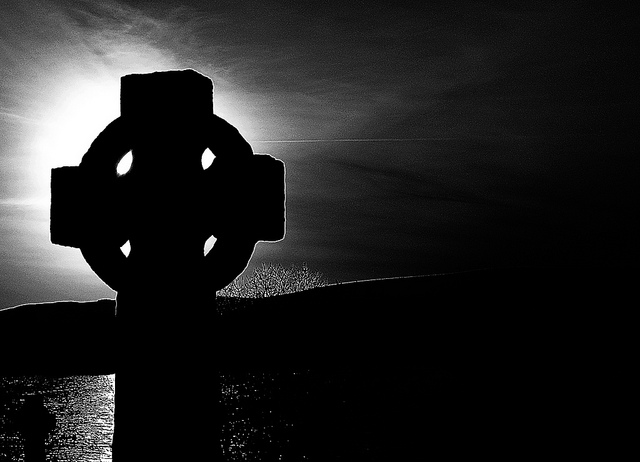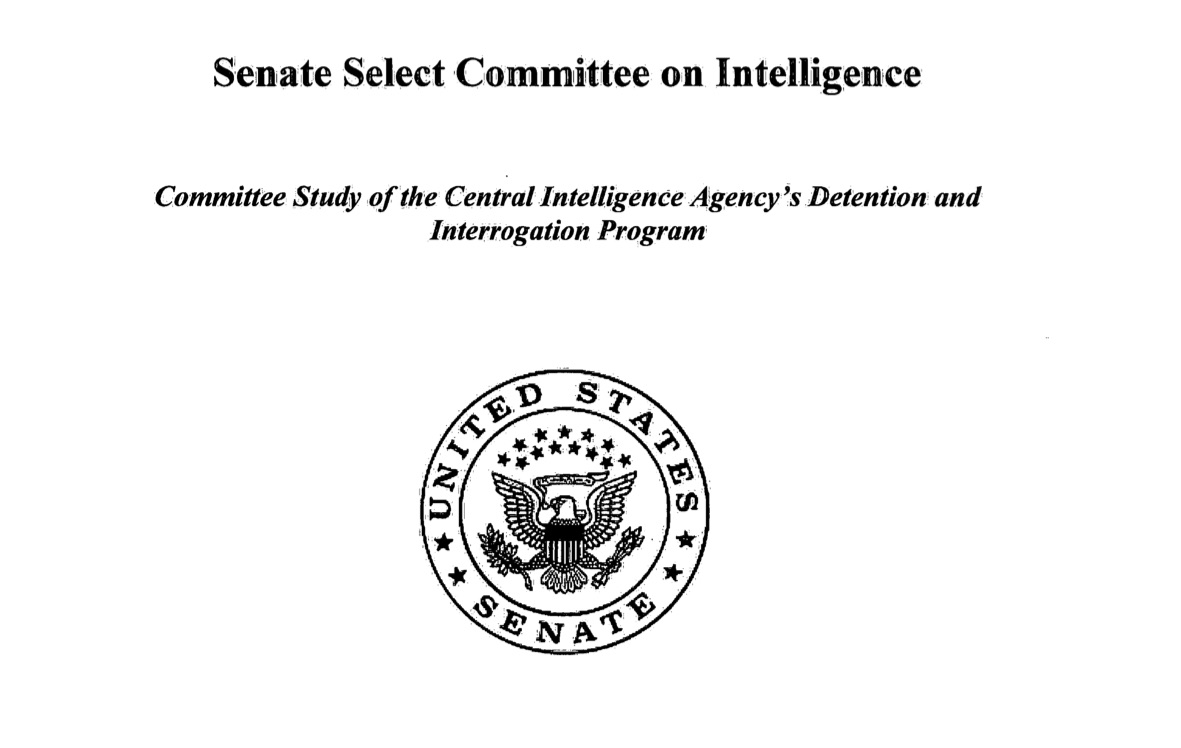It’s been a struggle to figure out what is most disturbing in the executive summary of the Senate Select Committee on Intelligence’s report on the CIA’s “detention and interrogation” — i.e., torture — program, but I got the list down to a top six:
- The sheer brutality of some of the “enhanced interrogation techniques;”
- The fact that the torture was mostly useless, if not actually counterproductive;
- The fact that we’re discussing torture and effectiveness as if utility could justify brutality;
- The way the CIA exceeded the authority granted to it and actively misrepresented and obscured the worst of what it was doing, both to the Congress and to the executive branch, both during the program and after it was shut down;
- That there was and is heated debate over whether this information should be released at all — this one makes my list because it forces the thought that, if this had waited until committee chairs changed with the new Congress, we may not have have ever seen this information;
- The return to the argument over whether or not these methods of torture were legal — i.e., were really torture — to the near-complete exclusion of the question of whether they were wrong regardless of what we call them.
It would be easier to pick a most disturbing fact if these were six separable problems with torture — but they’re not. They are deeply interwoven.

The brutality of the program was the reason they needed to deceive those who had oversight, and this brutality had to be increased when the information obtained was deemed not “useful” enough. The CIA is now disputing the finding that the information produced was unreliable and not effective, claiming that it led to thwarting some planned attacks — in order both to defend what they did and also, implicitly, to suggest that it was then and may in the future be necessary. And this same unadmitted desire for justification of the unjustifiable is lurking in the debates over releasing the report (if they’re not guaranteed secrecy, the CIA won’t be as bold in “defense” of our “security” in the future) and over the question of legality (they were just following orders, and those orders were legally defensible).
What is perhaps most terrifying about reading this report is the idea that after only a short period of time, all of the torture, deception, and secrecy was largely in service of more torture, deception, and secrecy. And as this spiral increased, the demands for an ever more craven and culpable distortion of moral and legal reasoning increased with it.
***
It all sounds insane, illogical — mad. Until we remember this: sin and violence has its own terrible internal logic.
In one of the most famous images from the Spiritual Exercises, Ignatius asks us to meditate on two different armies, encamped and ready for battle: one under the standard of the Enemy, and one under the standard of Christ. From his throne, the Enemy delivers orders to his minions as to how they are to behave. In other words, he gives them a logic. They are, first, to tempt people into riches, and then into honors, and finally into pride. In contrast, Christ counsels his followers to seek first poverty, and then to accepts insults, and thus finally to come to humility.

Image: Andy Rothwell / Flickr (Creative Commons)
One of the points of this meditation is that there is a depraved coherence to the pattern of sin, just as there is to the life of virtue. Sins are never mere isolated events; they are each small steps into the kingdom of the enemy, and the graver and more protracted they are, the farther they take us into that domain.
We are certainly still subject, individually, to the temptations of riches, honors, and pride; but as a nation, perhaps the great temptation for us is security. To achieve security — or even the illusion thereof — we are willing to kill, to maim, and to torture. And from there, in order to defend our violence, we are willing to deceive and to hide the truth. And from there, made uncomfortable by the exposure of our lies (because their being revealed is yet a further threat to our “security”), we are willing to contort ourselves into questioning whether or not the report should even be released.
We are deep in the kingdom of the enemy. There are no half-measures that will get us out, and we won’t escape with the false idol of our “security” intact. We have to repudiate not only the use of torture, but also the self-worship that led us to think that our safety could be paid for with the blood and pain of our enemies while leaving our own hands unstained. We have to answer for the lust for violence and control that led us to keep torturing and defending torture even when it was clear our security did not depend on it.
This report is a step in that direction. Releasing the full version, instead of just the summary, would be an even better one. But what we really need are leaders capable of turning the national conversation from the question of whether this was legal, or useful, or necessary, to the question of whether it was right.
Updated to add:
Here’s some links to great commentary on the report from a religious perspective:
- It’s worth being reminded that US Catholic bishops have long been on record against torture, and in favor of release of this report.
- The National Religious Coalition against torture has a round-up of responses to the report from religious leaders
- Michael Peppard details how the report shows a policy of using religious faith as leverage for torture
- From the Patheos Catholic Channel:
- Mark Shea has a set of posts up arguing that the report calls for conversion and repentance, particularly for pro-life activists who have defended the use of torture
- Artur Rosman considers the logic of sin from a different perspective in his post, and also what options we have for response
- Leah Libresco points out how torture damages the conscience of those who are ordered to carry it out as well
Please post links to other helpful or insightful analyses of the report in the comments below.













